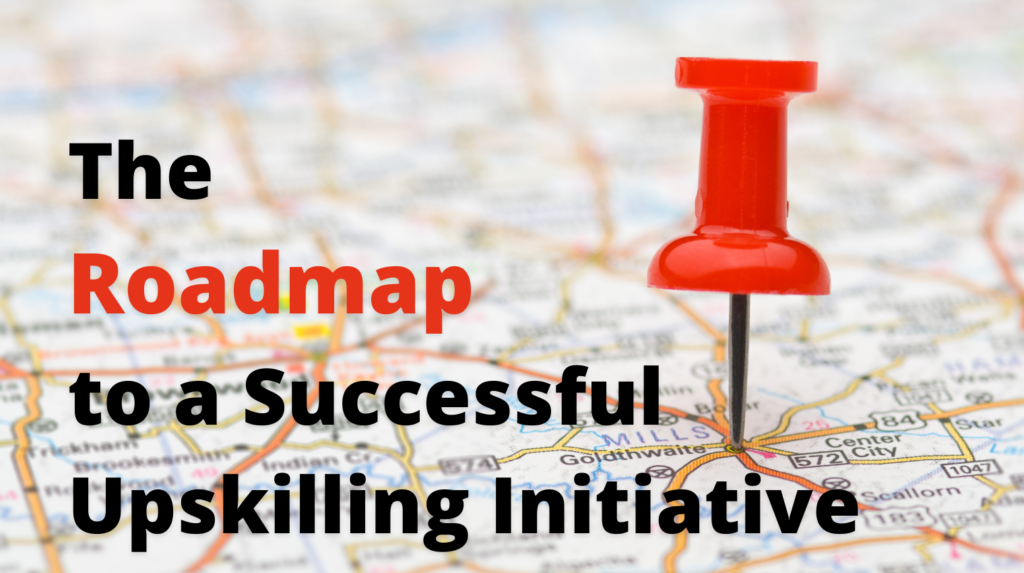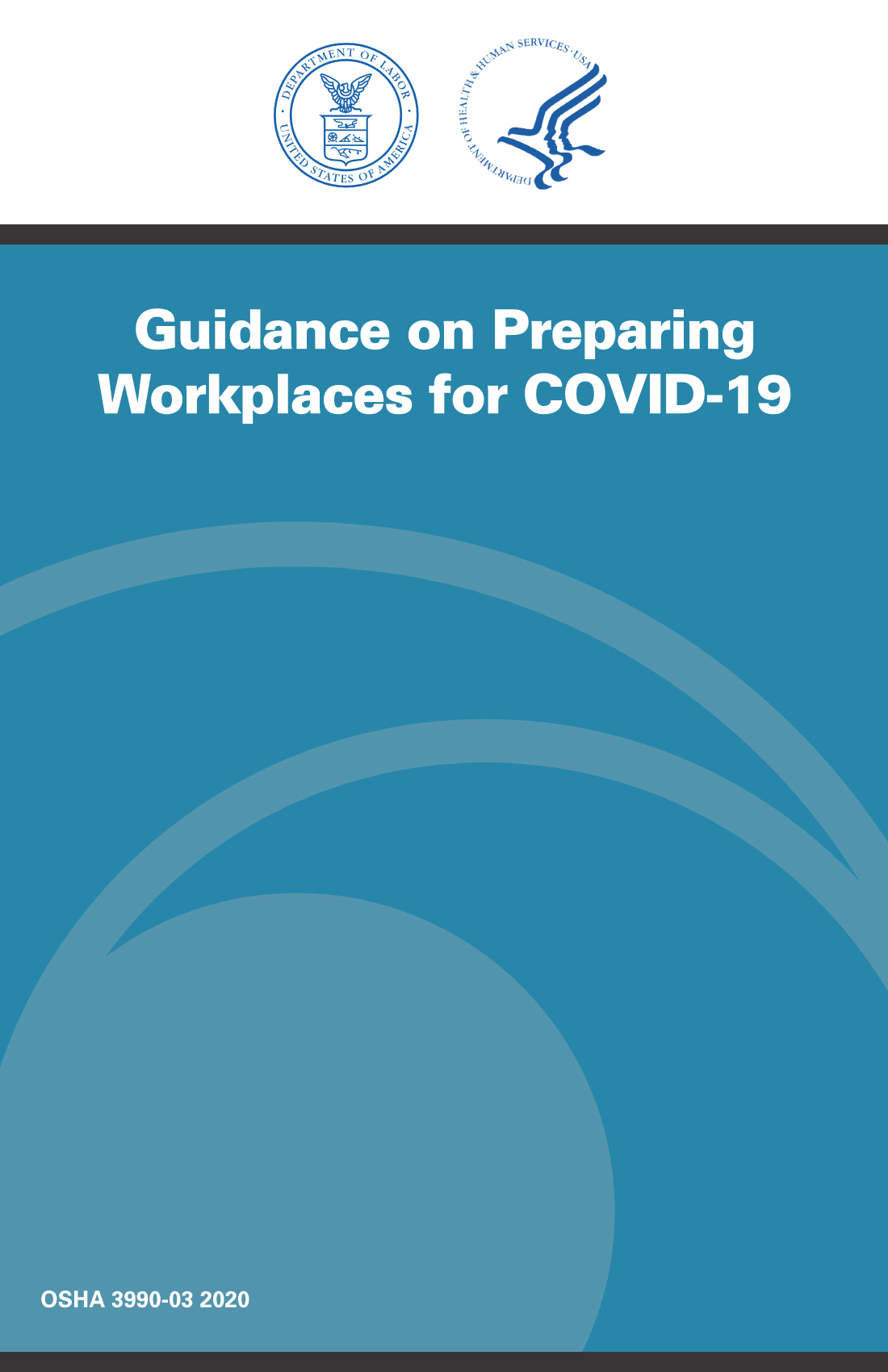

- To analyze the needs of your company, get all the stakeholders in your company together, and begin by asking some questions:
- Why do we want to implement an upskilling initiative?
- What do we hope to gain from this initiative?
- Where are the current skill gaps that exist within my business?
- How can I close those skill gaps?
- What skill sets have I been seeking when hiring outside individuals that I should also be promoting within my own company?
- What skills would be addressed with this initiative? Soft skills? Technical skills?
- How many employees would this initiative affect?
- Do all employees need to be upskilled or just a select few?
- Are there time constraints for the upskilling initiative?
- How much money can we invest in our upskilling initiative?
- How will we measure the program’s success?

A skills plan involves identifying the top skills employees need to be trained on to be successful at their job. Then, those skills are ranked by importance so that it’s clear which skills should be focused on for the upskilling initiatives. After skills plans are created, employers can go through and plan training courses for each skill they want to address.
This focused approach to upskilling ensures that employees won’t be overwhelmed with having to learn multiple skills in one training session. Additionally, this strategy is particularly useful if an employer wants to upskill their entire workforce. Creating a skills plan for each position will ensure that the upskilling initiative is effective for each role within your company.
Finally, when creating a skills plan, be sure to forecast your organization’s future needs. By studying the market, employers can predict future skills that may become crucial for their company over time. Once the future needs of the market have been identified, companies can start upskilling employees to fit those requirements.

Photo by RicardoImagen from Getty Images Pro
Upskilling isn’t a general learning initiative—it involves identifying the strengths of individual employees and giving them the tools to enhance their skill sets. Some employees will thrive in this type of learning format, while others may struggle a bit.
Consider creating a formalized upskilling plan for each employee. This will ensure that you are on the same page. The employee will understand what’s expected of them, the demands of the program, and the goal of this training. Providing ample communication and opportunities to discuss the upskilling initiative will create trust between the employer and employee, and will also increase an employee’s engagement with the program.

Photo by Cleyder Quiroz from Pexels
If you want employees to learn additional skills for their jobs, they’re more likely to do this training when they’re at work. Additionally, if you build out time in an employee’s schedule for upskilling activities, it makes it easier to track their progress on those activities.
To improve the accessibility of an upskilling program, utilize technology whenever possible. There are various programs and apps that can help identify areas for improvement in individual workers, as well as teach employees new skills to improve in those areas. Technology can be the greatest ally when upskilling your workforce.

After implementing a new upskilling initiative, your organization will need to evaluate its success carefully. Conducting regular check-ins with employees to gather their thoughts on the training provided, what they’re learning, and if anything could be done better will help you make changes to the program to improve its overall success.
Ha**************@ca********.com/bookings/s/J_mKTKVn_Eyonjdnk7c5lQ2″>Book A Demo with us today to effectively integrate an upskilling initiative into your organization.







